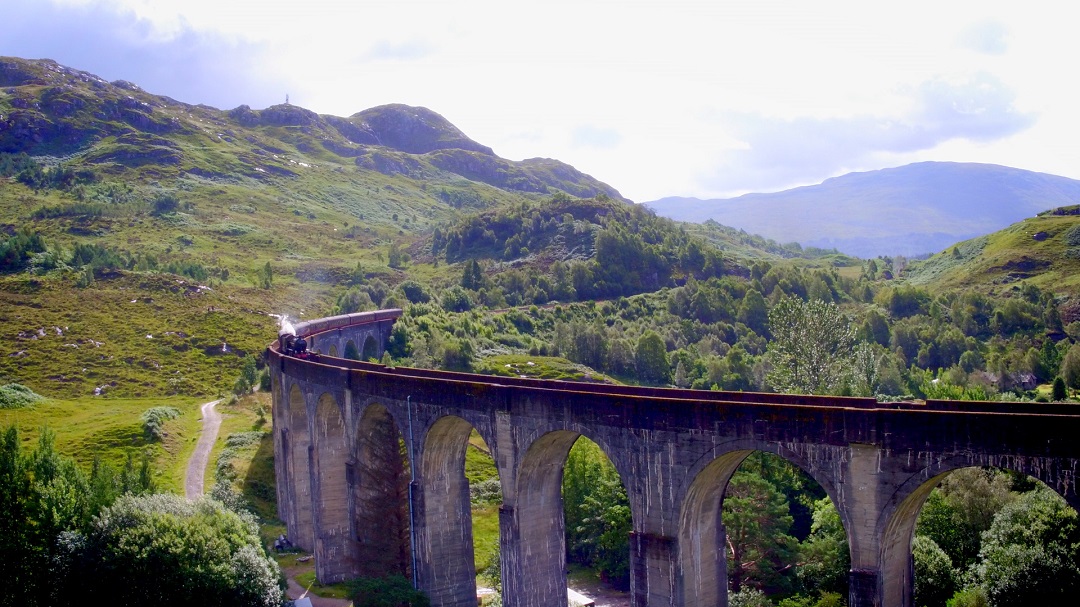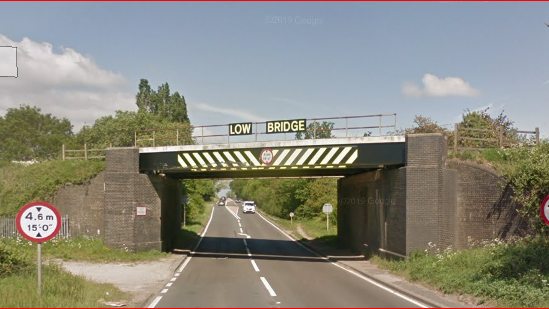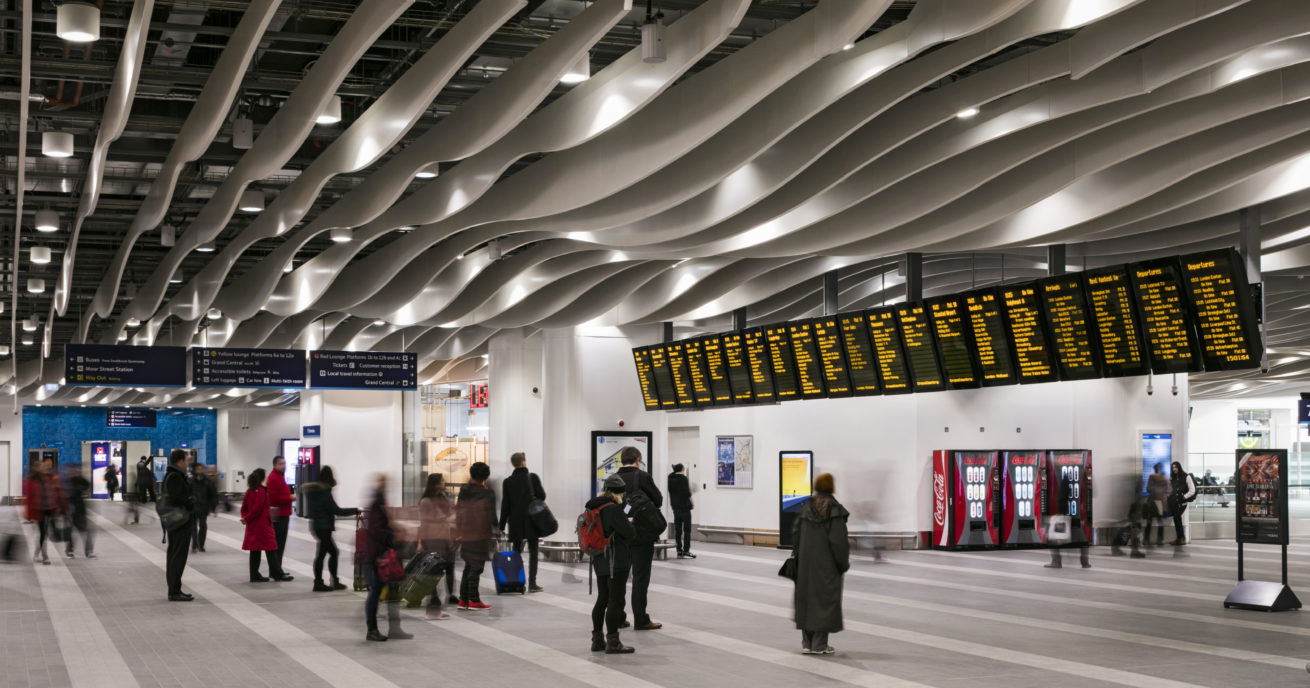The recent severe weather has highlighted the vital work we do across Britain to protect the ground the railway runs on and keep passengers moving.
In South East England, our teams have worked around the clock responding to landslips caused by very heavy rain, while a £6.6m project has just completed at 17 sites in London to better protect the railway from the threat of landslips.
In Scotland, we’re repairing a 1,700-tonne landslip beneath a 50m stretch of track between Kilmarnock and Dumfries after damage sustained during Storm Ciara.
They’re just some examples of the significant work we carry out all over the country to make the railway more resilient and avoid disruption to passengers.
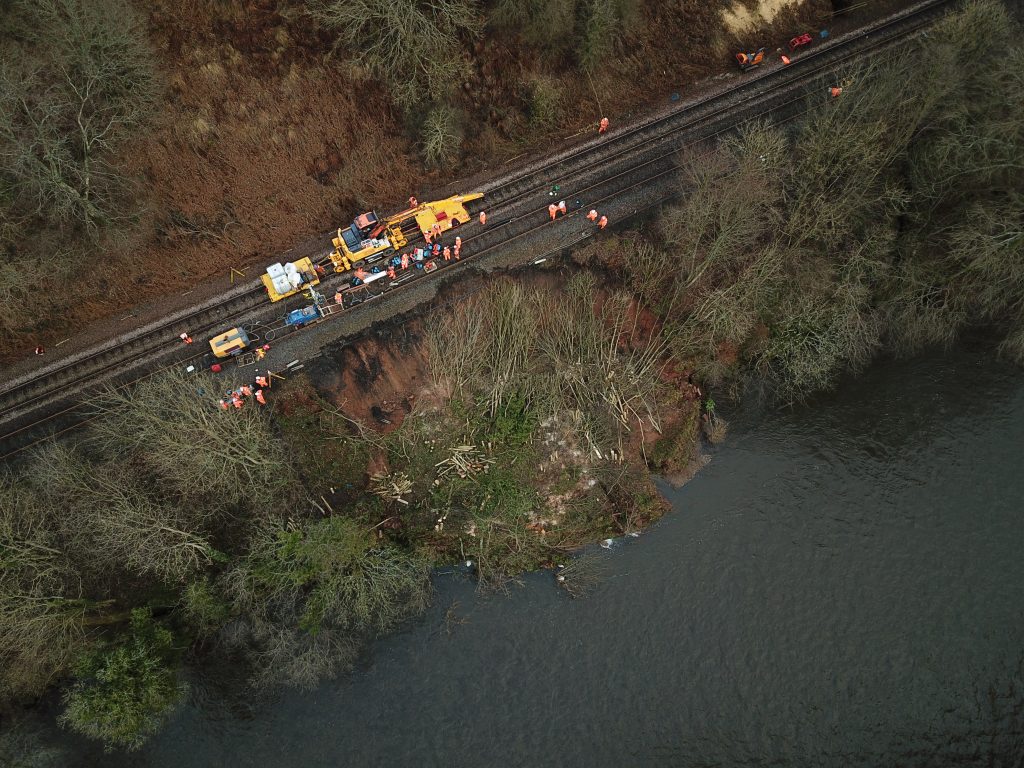
How do we look after the ground on the railway?
We manage a portfolio of more than 190,000 earthworks assets, including slopes, embankments and cuttings – excavations in the ground composed of rock or soil.
Our specialist geotechnical engineers work across Britain to stabilise and repair weakened assets, enabling a network more resilient to future risk events, such as extreme weather.
Landslips – or landslides – are when the earth moves. Heavy rainfall saturates the earth. This reduces the interlocking of particles, compromising soil strength, which causes landslips.
Infrastructure fit for the future
Our teams determine the appropriate interventions needed to help minimise risk, damage and disruption by examining geotechnical data and the results of monitoring instruments.
We use technology and industry standard techniques, such as ground inclinometers, to measure earth movement. We also improve stability by securing loose soil with concrete piles, soil nails and retaining walls.
We also consider the impact of climate change on weather conditions in renewals and enhancements to ensure the railway can handle the projected increases in the severity and frequency of extreme weather in the future.
Our resilience projects
South West Rail Resilience Programme
This is one of our biggest current projects to protect the land near the railway. Heavy storms caused substantial damage to the stretch of railway between Dawlish and Teignmouth in 2014, resulting in a six-week closure of the railway that year. Ever since, we’ve developed plans to improve the resilience of the railway between Exeter and Newton Abbot:
Gallery: plans for the new sea wall at Dawlish and the 2014 storm damage
We established the South West Rail Resilience Programme to identify and implement the best options to improve rail resilience between Dawlish and Teignmouth, helping to avoid a repetition of the events of 2014.
This month (February), the project took a big step forward despite challenging storm conditions. We’re installing a bigger sea wall in Dawlish, Devon, and on February 9 we put up the first new panels, which form the main structure of the wall.
The new sea wall is part of a series of measures along the coast to protect the only railway line that connects 50 towns and cities in Devon and Cornwall with the rest of the country.
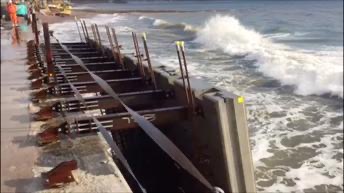
The Bexleyheath line
This £6.6m project to strengthen the ground in London completed this week, with the line reopening on February 24. More than 200 engineers worked around the clock at 17 sites in the area to protect the railway between Kidbrooke and Barnehurst:
Four landslips had occurred in this area in the last decade, so we planned a project to take place over the half term to protect passengers from further disruption.
It involved removing 2,500 tonnes of mud and trees so engineers could reduce the steepness of the cutting slopes, which are prone to landslips during long periods of wet weather.
Engineers also brought in another 8,000 tonnes of material, such as gravel and concrete and built retaining walls along both sides of the cutting, stretching 650 metres. The walls are made from steel beams, driven into the ground and then finished with concrete blocks to stop any future landslips from reaching the tracks.
Glenfinnan Viaduct
Work is underway to protect the railway from potential landslips and rock-falls from the hillsides and embankments around the iconic Glenfinnan viaduct, which stars in the Harry Potter film series:
Gallery: the work begins at the Glenfinnan Viaduct
We’re investing £1.7m to remove loose vegetation from the slopes above the railway and install rock netting – proactively protecting the line that runs between Mallaig and Fort William.
The work will protect 14 rock cuttings over a two and a half mile stretch of single-track railway between Locheilside and Lochailort encompassing Glenfinnan station and the viaduct.
East Yorkshire
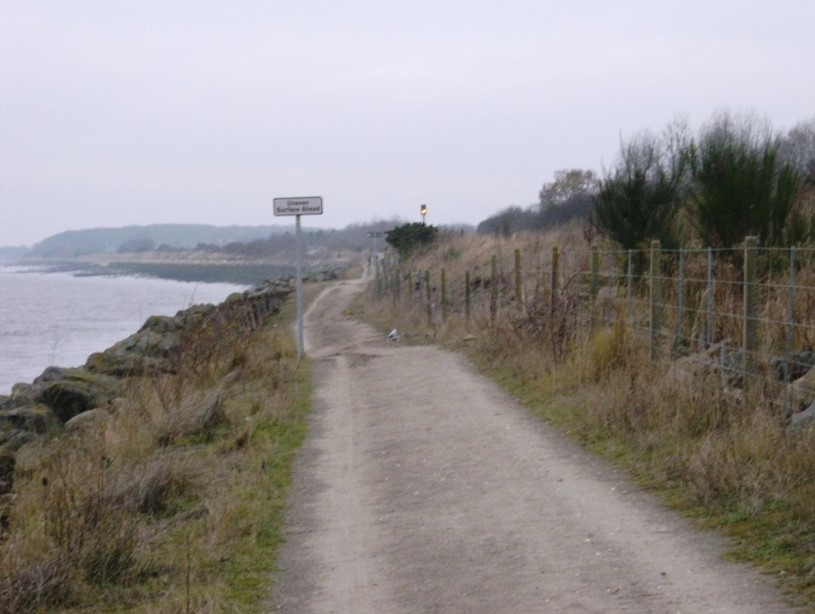
In March, we’ll start work on an £8m project in East Yorkshire to protect a railway embankment, which carries the Hull to Selby line, will begin on Monday, 9 March and complete in January 2021.
We’ll install a steel coastal defence wall at 138m in length and about 20m deep. It will protect the embankment from damage caused by coastal erosion and will build upon work we carried out in 2018.
Read more:
Find out more about our earthworks asset management
What we do when there’s a landslip
The Great Fall: historic landslip images resurface
